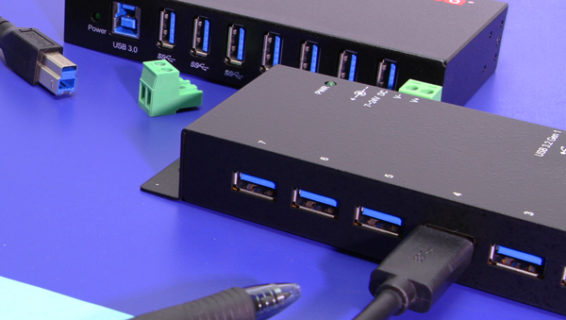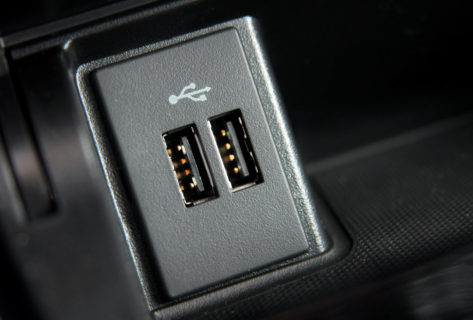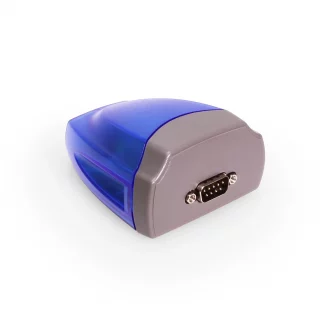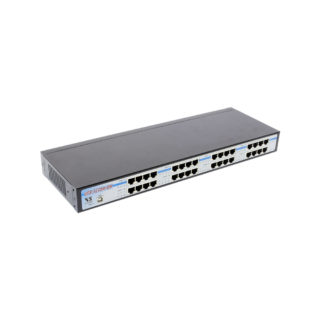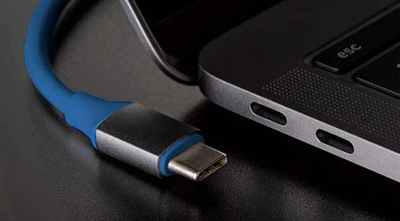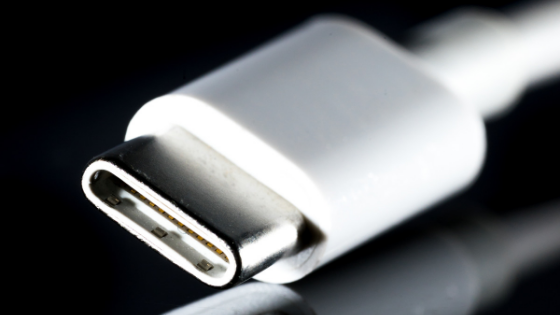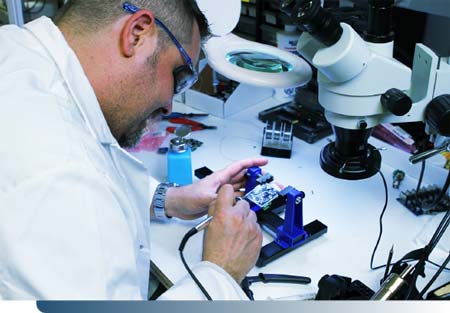Behind every innovation is a Research and Development (R&D) Lab. Behind every successful R&D Lab is expertly connected, custom-integrated IT architecture. What’s behind the IT architecture? USB technology. At Coolgear, we know R&D. We have our very own R&D teams at Coolgear Labs pushing the limits of USB and connectivity. Coolgear Labs is constantly researching and always innovating. So when you need custom solutions for your own Research & Development Lab, Coolgear Labs is ready to get you dialed in with cutting-edge USB, serial, and power delivery technologies. Companies across every industry push their own boundaries of innovation with their R&D labs. R&D labs enable companies to develop products and services that contribute to their expansion and growth.
So what exactly is Research & Development?
Research and development are two distinct processes by which knowledge and ideas are identified and developed into products, processes, or services. New ideas become profit and revenue. Without labs dedicated to experimentation, prototyping, and inventing, we would not have ever had our lives improved by lightbulbs, cars, or antibiotics. And if scientists and inventors were satisfied with the status quo, they’d never have built and invested in R&D labs. We’d still be burning out incandescent bulbs, burning through gasoline while driving heavy iron and steel cars, and stuck with penicillin as our only antibiotic option. Every company in every production industry benefits from having its own R&D labs. And as a result, we as a society benefit. Our lives are made easier, our economy flourishes, and we continue to press on and do better.
Research & Development is Vital to Every Industry
Innovating in your respective industry by investing in R&D labs gives companies a competitive edge by giving them the means to improve products and stay relevant. In 2019, the United States spent $581 billion on R&D. US government spending on R&D was budgeted at $138.9 billion for good reason. Dr. Robert Solow, the winner of the 1987 Nobel Prize in Economics and recipient of the 2014 Presidential Medal of Freedom for outstanding contributions to economic theory and practice, concluded that 50% of a nation’s Gross National Product growth can be attributed to technical change. Compared to other nations, the United States invests the most in R&D representing one-third of worldwide R&D spending. Money spent in R&D labs leads to advancements in medical technology, energy efficiency, pharmaceutical improvements, and so much more.
The Three Stages of Research & Development
When building an R&D lab, companies must consider the three-stage process of research and development.
Basic Research – This foundation research is done by physical or data scientists in pursuit of advancing scientific knowledge in a particular field. This is the first step in developing strategies, working toward a solution, and understanding market trends.
Applied Research – The R&D team determines potential uses for the completed basic research and its commercial applicability.
Developmental Research – The use of gathered and tested research to develop or improve products, processes, and services.
Importance of Integrating Research & Development Labs
Innovations within a company are only as good as its lab design. Each stage requires its own technology and integrative approach. Quality research relies on quality data; quality data relies on quality integration. A well-integrated R&D lab is supported by automation, reliable connectivity, secure data and metadata, seamless digital workflows, and fully functional operating systems. All of these functions require reliable power delivery.
Enter: the USB hub.
Coolgear USB in R&D
Behind every integrated machine and device is a power source connected by USB. Depending on the industry, there may be 3D printers, CNC machines, welding benches, and any number of peripherals needing to be connected to one or more computers. Some industries may require their R&D labs to support mobility. Coolgear USB Hubs are built rugged for everyday use, and well-suited to R&D labs in any field. Our USB hubs can provide lab workstations with secure mounting methods and can keep peripherals tidy with quick access to any connected devices.
Coolgear’s Workstation Series USB Hubs provide hubs for everyday and heavy use in research and development lab environments. Designed to provide research scientists quick and easy access to their USB ports and connected devices while providing power and data ports on the hubs’ rear sides. R&D teams can maintain their valuable workspaces efficiently integrated while performing research, data analysis, and developing products and services based on their research. We have a variety of hubs that can be integrated into each type of workstation.
R&D teams will also need reliable network connectivity solutions. Coolgear’s Networking Series USB Hubs share USB-Based devices over Ethernet or Internet. R&D teams need easy access to devices over your network as well as the ability to share USB data with their teams across multiple network devices.
Ramp up security and protect valuable R&D data, technology, and innovation with Coolgear’s Managed Series USB Hubs. Allowing for authentication keys, these managed hubs feature several managing software utilities allowing better control over each port’s status.
Let’s get you innovating.
Sources:
https://www.labmanager.com/business-management/the-power-of-the-integrated-lab-27608
https://www.investopedia.com/terms/r/robert-solow.asp
https://www.hp.com/us-en/shop/tech-takes/what-can-you-do-with-usb-port-hub
https://www.onepointesolutions.com/blog/what-is-an-rd-lab/#:~:text=January%2027%2C%202022,in%2Dhouse%20innovation%20and%20inventing.
https://saylordotorg.github.io/text_international-business/s17-01-an-introduction-to-research-an.html



